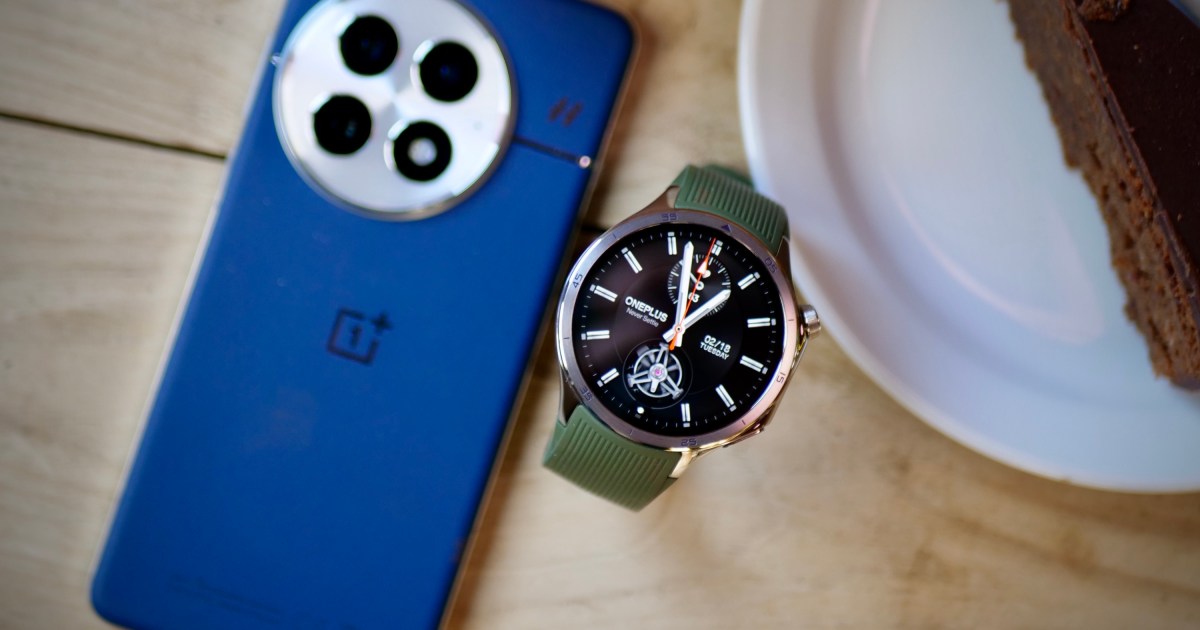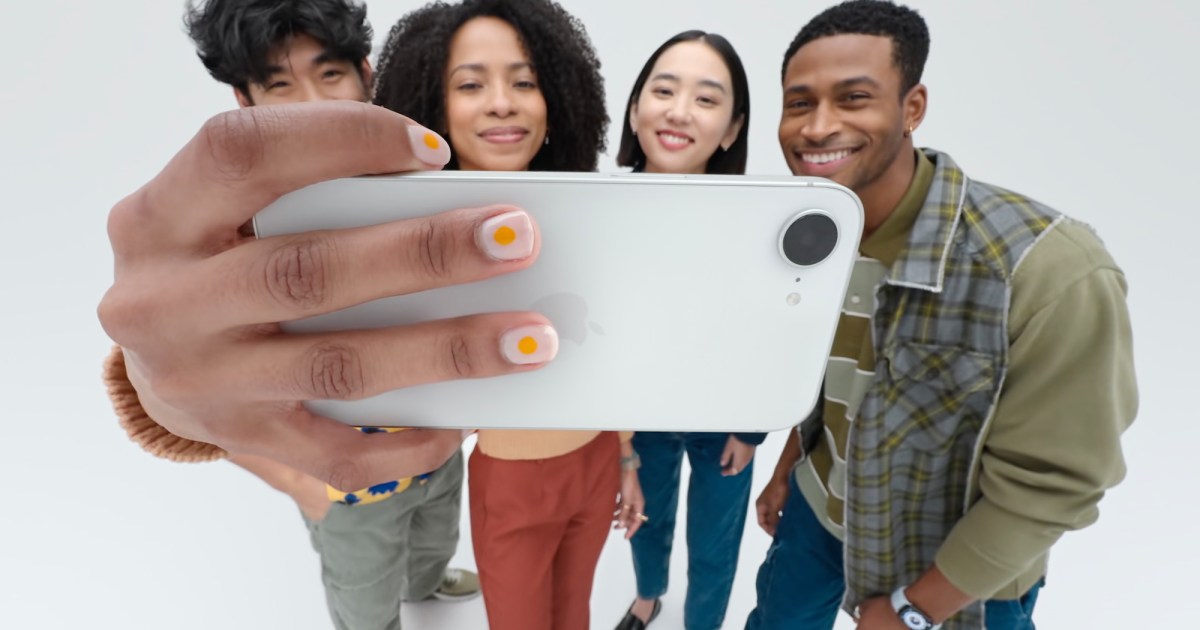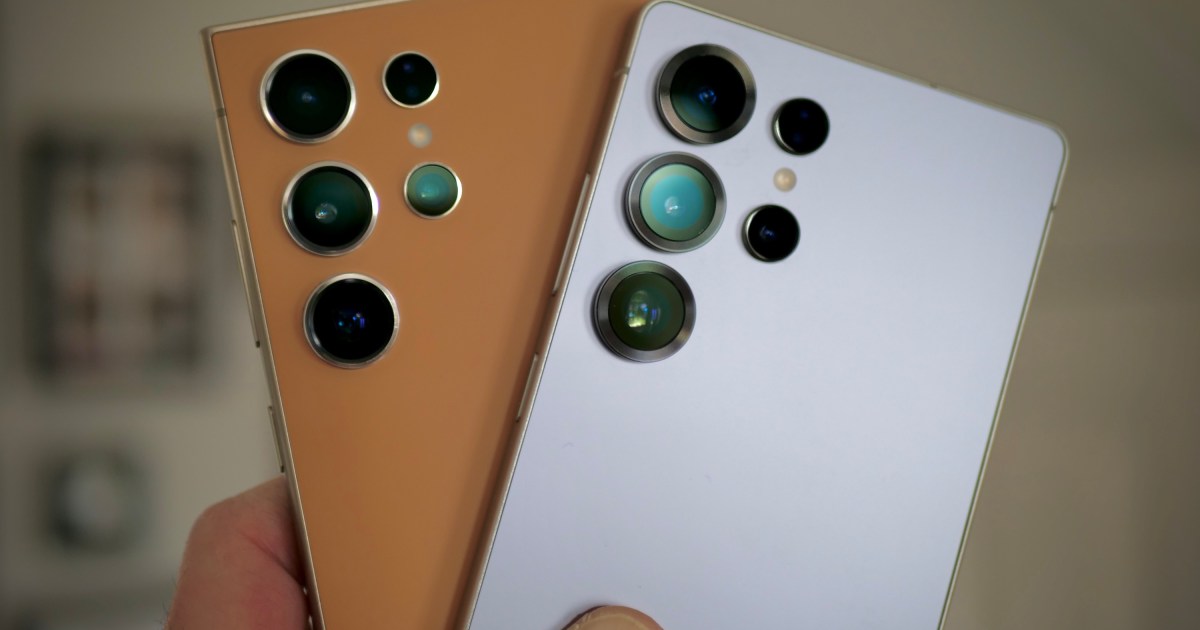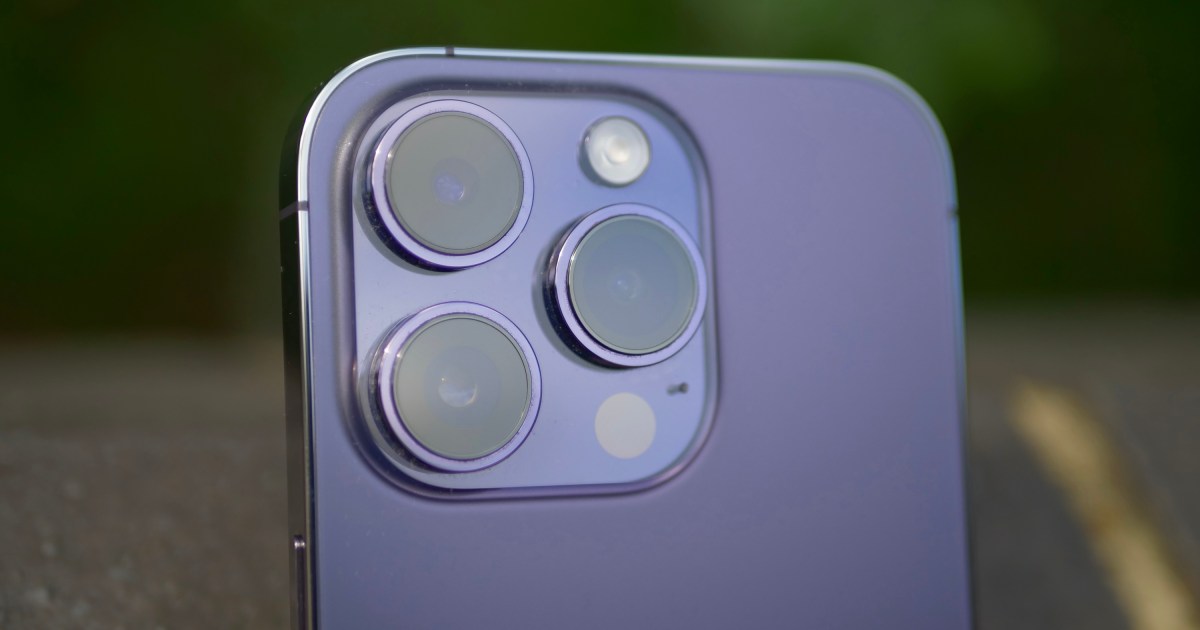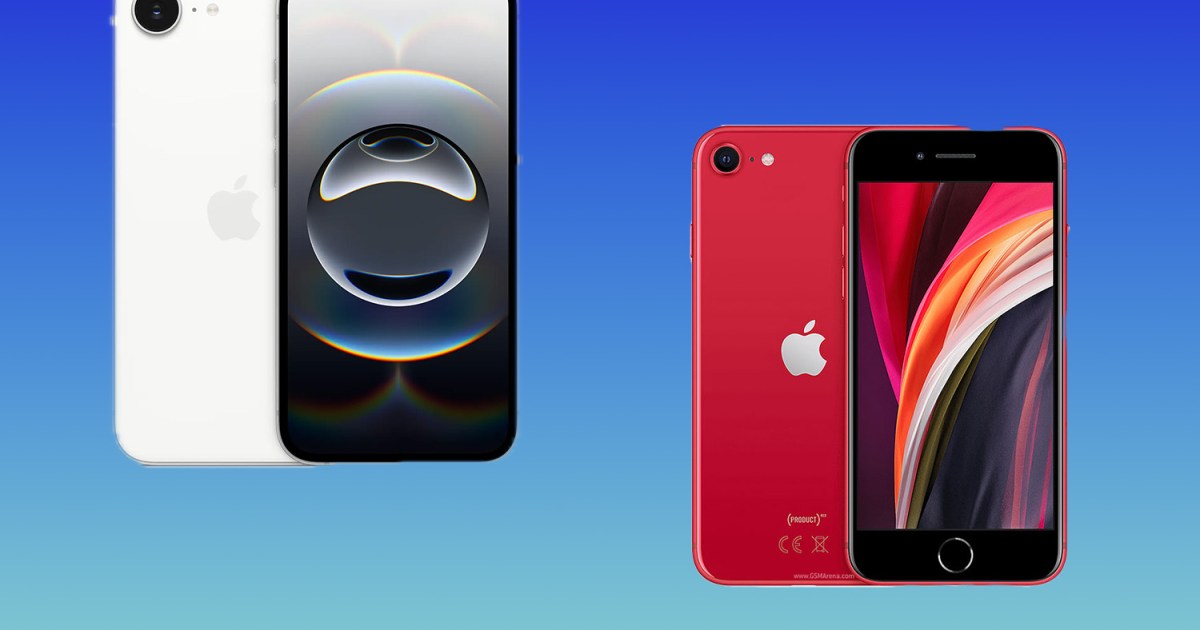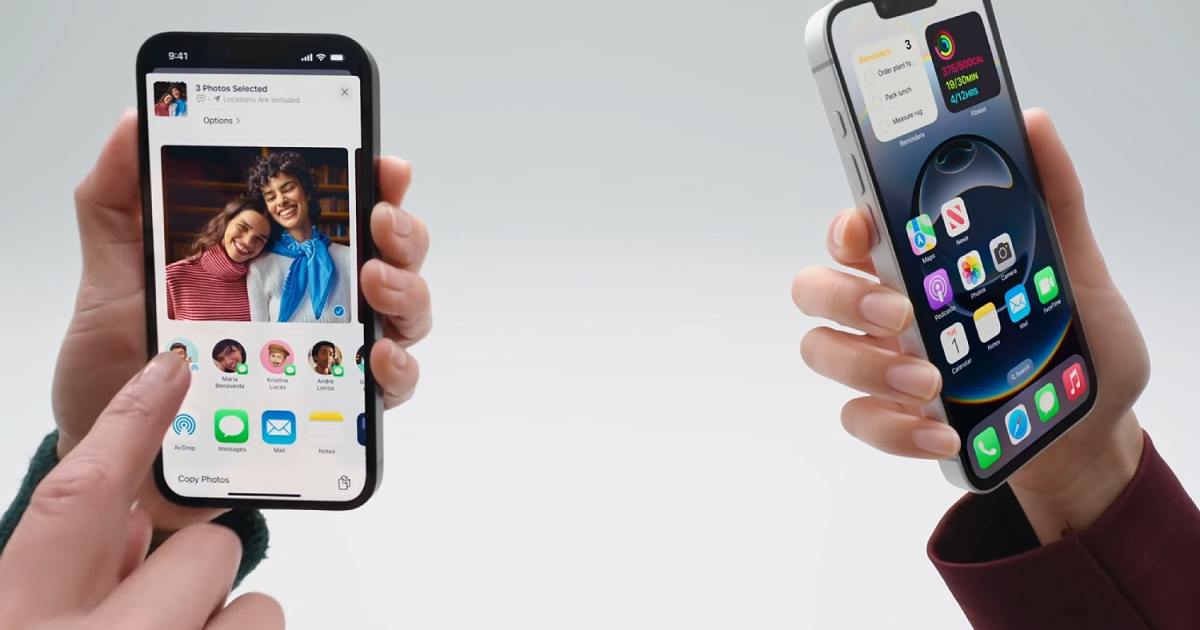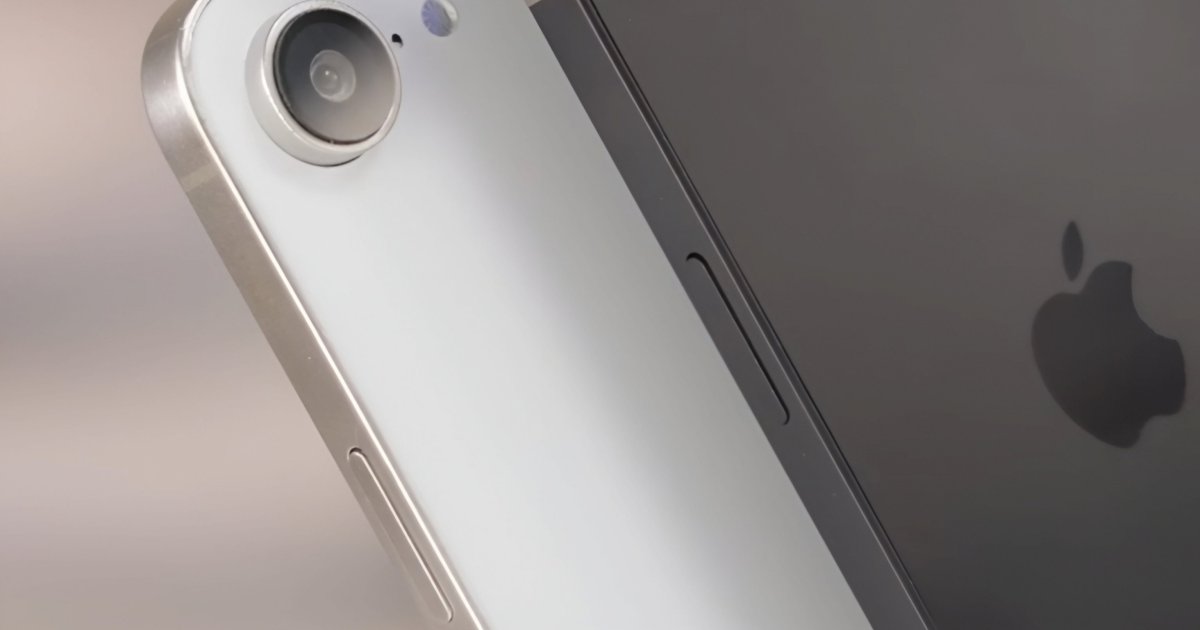The Humane AI Pin, a screenless wearable AI device, generated significant buzz at CES 2024, largely due to its founders’ previous work at Apple. However, despite substantial funding, the company struggled to convince consumers of its value proposition. The recent announcement of Humane’s acquisition by HP for $116 million, significantly less than the $230 million raised, confirms the AI Pin’s discontinuation. This article explores the reasons behind the Humane AI Pin’s failure and the key missteps that led to its demise.
 A person using the Humane AI Pin.
A person using the Humane AI Pin.
Initial Challenges and Miscalculations
The Humane AI Pin was marketed as a wearable computer designed to replace smartphones. Priced at $699 with a $24 monthly subscription, it promised a screenless experience, projecting information onto the user’s hand. However, initial reviews revealed its shortcomings and lack of functionality. The AI assistant, intended to handle tasks like texting, calling, and calculations, fell short of expectations.
The mandatory subscription, unlinked to existing phone numbers and non-transferable, further complicated matters. This forced consumers to fully embrace the “phone-less future” envisioned by Humane, a future that ultimately failed to resonate with the market.
The Fatal Flaw: Ignoring User Behavior
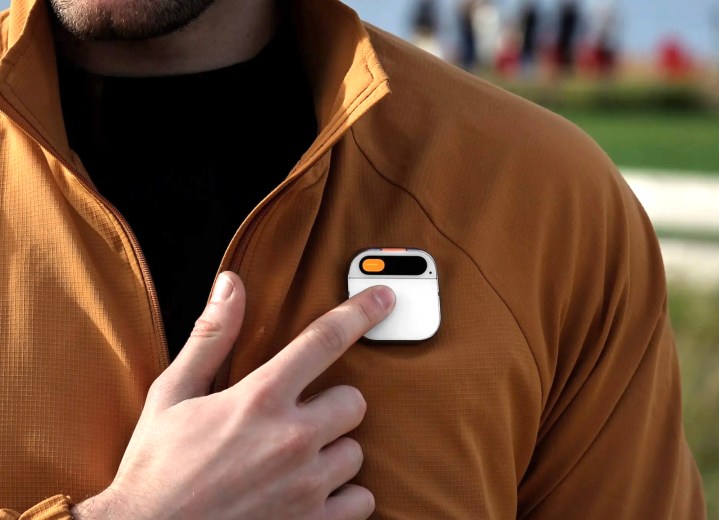 The Humane Ai Pin.
The Humane Ai Pin.
The Humane AI Pin’s fundamental flaw was its attempt to drastically alter ingrained user behavior: reliance on phone screens. While the device offered a novel approach, it failed to address the practicalities and comfort of using a physical screen. The projected sales of 100,000 units in the first year fell drastically short, reaching only 10% of the target.
The launch of the Rabbit R1, a more affordable standalone AI device positioned as a phone companion rather than a replacement, further highlighted Humane’s miscalculation. While the Rabbit R1 also faced limitations, its approach acknowledged the existing market dynamics and user preferences.
A Missed Opportunity: Solving a Real Problem
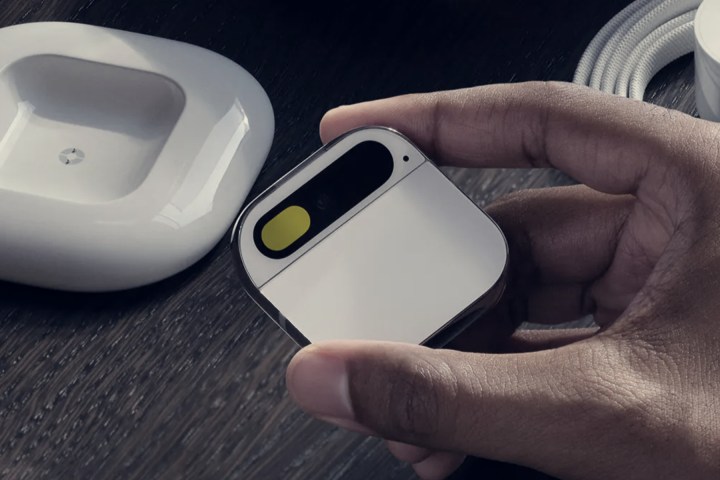 Humane AI Pin in the hands of a person alongside the charging deck.
Humane AI Pin in the hands of a person alongside the charging deck.
The Humane AI Pin aimed to address the inconvenience of using smartphones for quick tasks, particularly with larger, battery-draining displays becoming the norm. However, instead of creating a phone companion, Humane attempted to replace the phone entirely. This ambitious goal ultimately proved unattainable.
The solution, arguably, lies with major tech companies like Google, Samsung, and Apple, integrating more sophisticated AI features directly into their smartphones. While advancements like Google Gemini, Galaxy AI, and Apple Intelligence are promising, they haven’t yet fully addressed the use cases envisioned by the AI Pin.
Apple Pedigree, Without the Execution
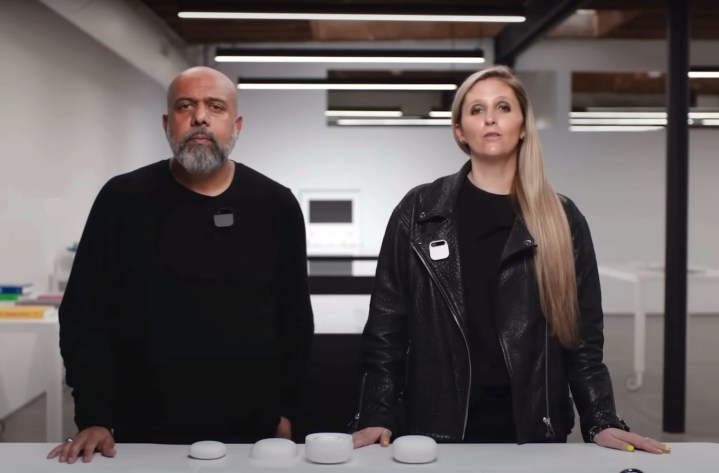 A still taken from the Humane AI Pin presentation video.
A still taken from the Humane AI Pin presentation video.
Founded by former Apple engineers, Humane leveraged its pedigree to secure significant funding. However, this pedigree didn’t translate into the market-shifting success achieved by Apple products like the iPod, iPhone, and Apple Watch. While Humane received positive feedback from some users, the overwhelming negativity surrounding the product ultimately overshadowed these endorsements. The company’s ambitious goal was further hampered by increasing competition from smartphone manufacturers integrating AI into their devices.
An Uneven Playing Field
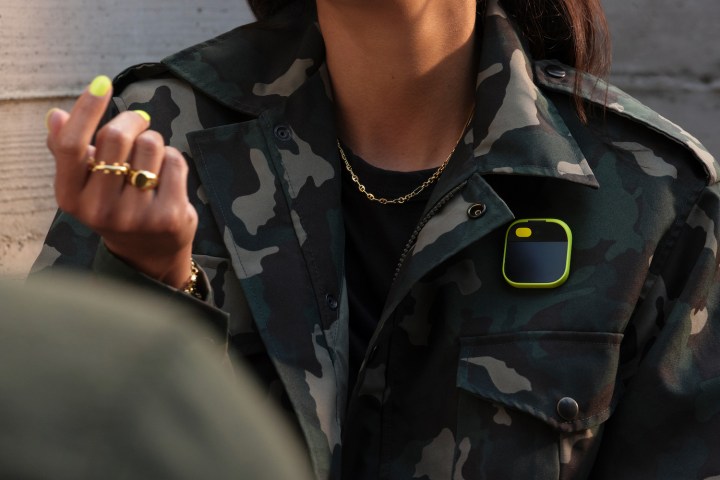 A person using the Humane AI Pin.
A person using the Humane AI Pin.
Despite raising substantial funds, Humane faced an uphill battle against tech giants like Apple, Google, and Samsung. The company’s limited resources hindered its ability to compete effectively in a rapidly evolving market. While Humane introduced new features, the pace of innovation lagged behind that of the very smartphones it aimed to replace.
The Humane AI Pin’s failure underscores the importance of market fit and realistic goals. Had Humane prioritized integration with existing technology rather than attempting a complete overhaul, the outcome might have been different. With its assets now acquired by HP, the future of Humane’s technology remains uncertain.




